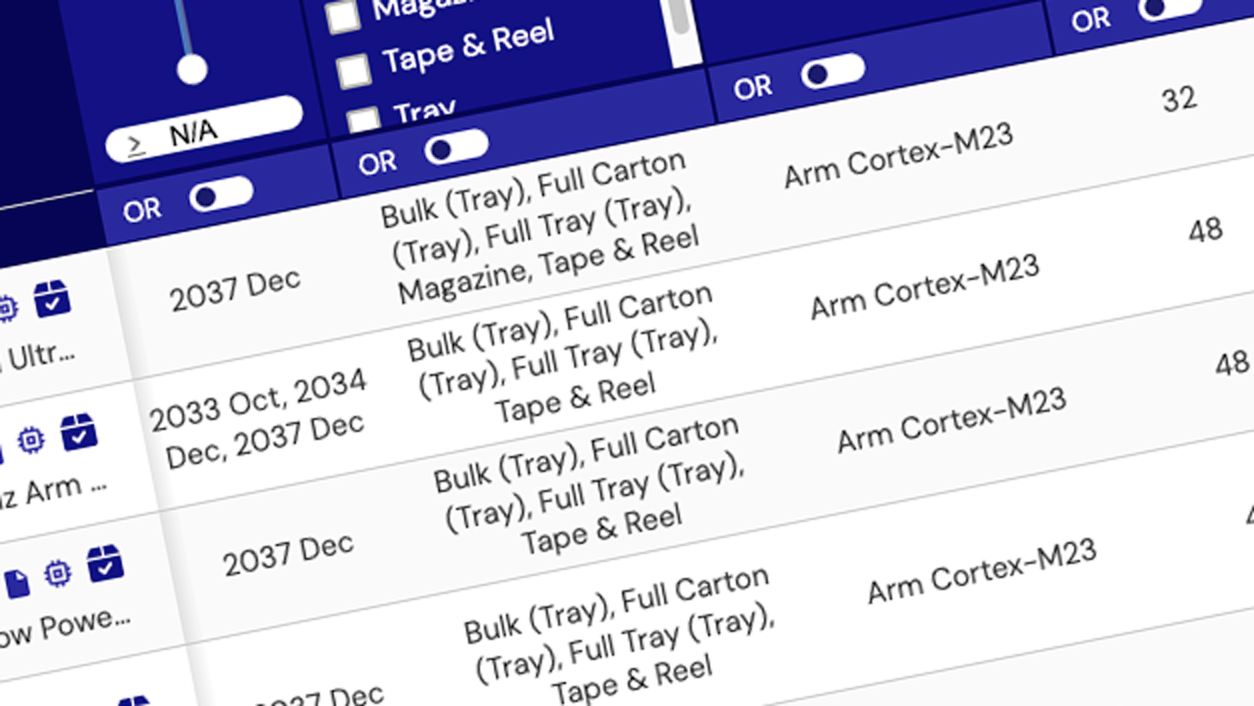Wide band gap semiconductor technologies such as Gallium Nitride Field Effect Transistors (GaN FETs) have been gaining interest for power management and conversion in space applications. These devices feature higher breakdown voltage, lower RDS(ON), and very low gate charge enabling power management systems to operate at higher switching frequencies while still achieving higher efficiency and a smaller solution footprint. There is an additional benefit from GaN devices that makes them attractive to the space market. These devices are inherently immune to total ionizing dose radiation.
Renesas' radiation hardened portfolio includes GaN FETs for satellites and other harsh environment applications. GaN FETs provide better conductivity and switching characteristics that enable several system benefits, including a reduction in system size, weight, and power loss.

